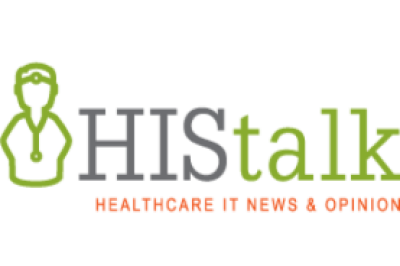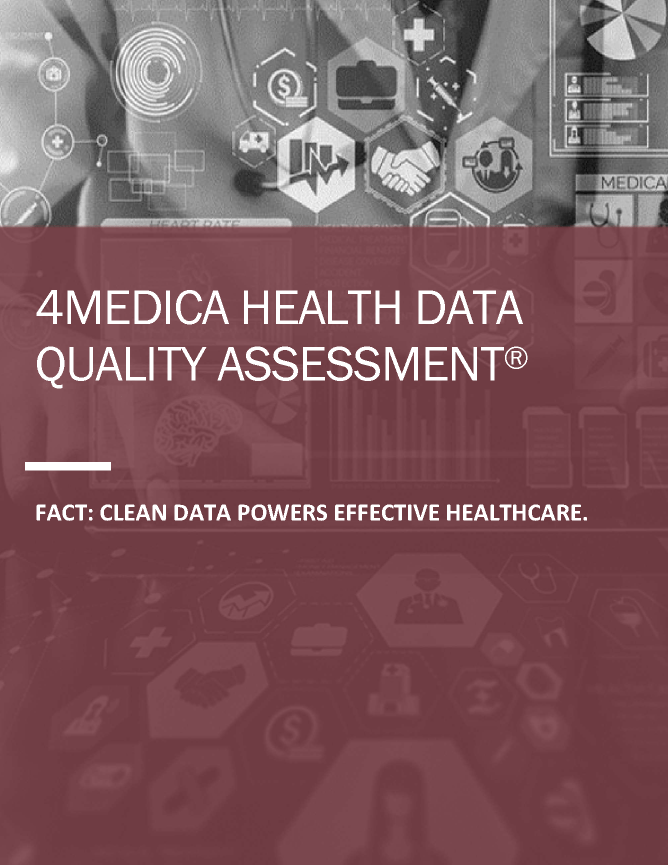Imagine if you log into your bank’s website to conduct a transaction, only to find that the bank can’t match your identity to your account. Not only are you unable to complete your transaction, you can’t even access your own information.
You rightfully would complain, and the bank almost certainly would move quickly to resolve the issue because, (a) it’s clearly unacceptable, and (b) the bank wants to continue benefiting from providing you with financial services.
 Yet patient identification matching problems still proliferate in healthcare and are a major contributor to data integrity issues within electronic health records (EHRs). Average duplication rates among health organizations in America still range between 10% and 20%, with some duplication rates reaching as high as 30%.
Yet patient identification matching problems still proliferate in healthcare and are a major contributor to data integrity issues within electronic health records (EHRs). Average duplication rates among health organizations in America still range between 10% and 20%, with some duplication rates reaching as high as 30%.
At the 20% rate, this means one in five patients are at risk of having their medical records either duplicated or overlaid (when one patient’s data is placed in another patient’s medical file). It’s hard to imagine a bank or its customers tolerating a 20% error rate in customer records.
Wrong medical records accessed by providers and care team members could easily result in a wrong patient diagnosis, wrong medication prescribed, wrong lab test performed, wrong procedure or surgery conducted, and perhaps death due to a misdiagnosed condition. The problem is real, and the number of duplicate patient records is expanding as more clinical data is being moved digitally and shared across networks by hospitals, health systems, health information exchanges, labs and clinics.
What can healthcare organizations do to reduce patient identification matching problems and improve overall health data quality? Here are three things that could help healthcare organizations improve patient matching.
Standardize how data is collected at the point of care
Patient identification problems most commonly originate at registration. Busy staffers may make mistakes when entering data manually, or a lack of identifying information prompts the intake worker to create a new patient record, which can become a duplicate. Bad data can remain in an EHR for years, unbeknownst to clinicians or patients.
However, even if a healthcare organization is able to standardize data collection internally, other organizations with which they exchange data may have different processes, coding and data collection standards. The inevitable result for all stakeholders is low-quality data. Intelligent technologies such as artificial intelligence (AI), machine learning (ML) and referential matching can be used to identify and correct errors in patient data.
Patient ID to verify correct patient to medical record
Provider organizations lack a simple way to accurately identify patients. They are forced to rely on a combination of driver licenses, home addresses, Social Security numbers, phone numbers, and other non-medical identifiers. But what happens when a patient changes addresses or phone numbers? That’s when you see frustrated frontline staffers defaulting to creating a new (and duplicate) record for the patient.
A unified, single patient identifier would help resolve this problem. Unfortunately, a HIPAA proposal calling for the creation of a unique patient identifier (UPI), has been stalled by lack of funding. Until there is national patient ID, healthcare organizations must rely on technology to improve patient matching and mitigate related safety issues.
Patient ID to verify correct patient to medical record
Data governance is a framework for healthcare organizations to capture, process, normalize, use, store, and dispose of patient data. By consistently applying best practices to data, healthcare organizations can help ensure the accuracy of records in the EHRs and clinical systems is never comprised.
Effective data governance benefits healthcare organizations and patients in several ways. It improves the patient experience, leads to better clinical outcomes, and reduces healthcare costs through increased efficiency and better resource utilization. Finally, data governance can increase the value of a healthcare organization’s data because the governance process has improved its quality. This makes the data more attractive to prospective buyers such as pharmaceuticals and health policy researchers.
Accurately matching patients to their medical records is a daunting challenge to healthcare organizations as the volume of patient data – and the number of sources – continues to explode. Collecting and organizing patient data in a more standardized way with healthcare data management software will enable providers, labs and clinics, and other stakeholders to better serve patients while lowering costs and increasing the value of their data.
This article was originally published by HIStalk and the original article can be viewed here.
Stay In Touch:
| Thank you for Signing Up |


Stay In Touch:
| Thank you for Signing Up |




